#the picts
Explore tagged Tumblr posts
Text
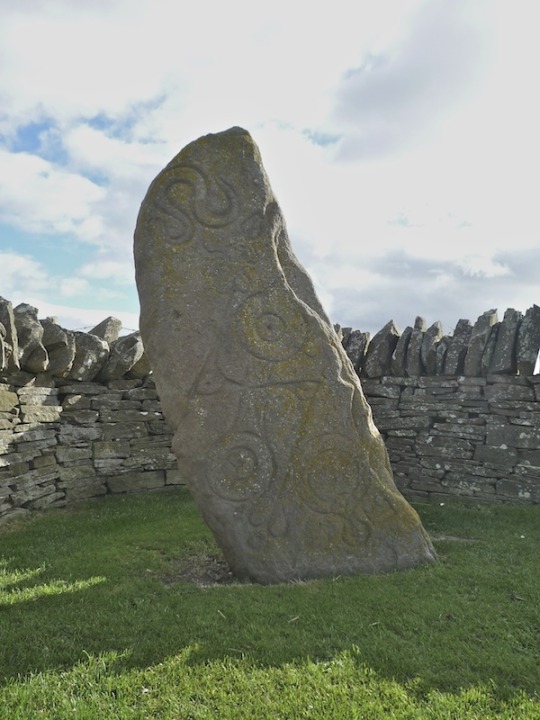

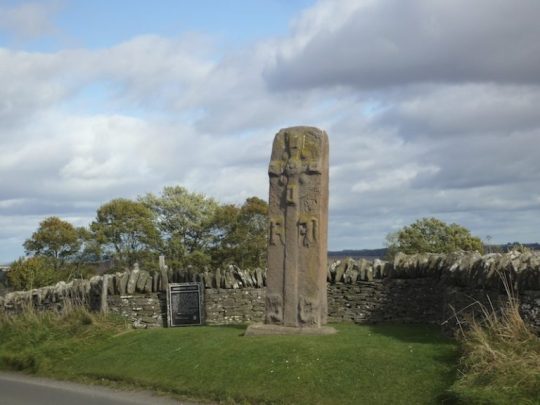
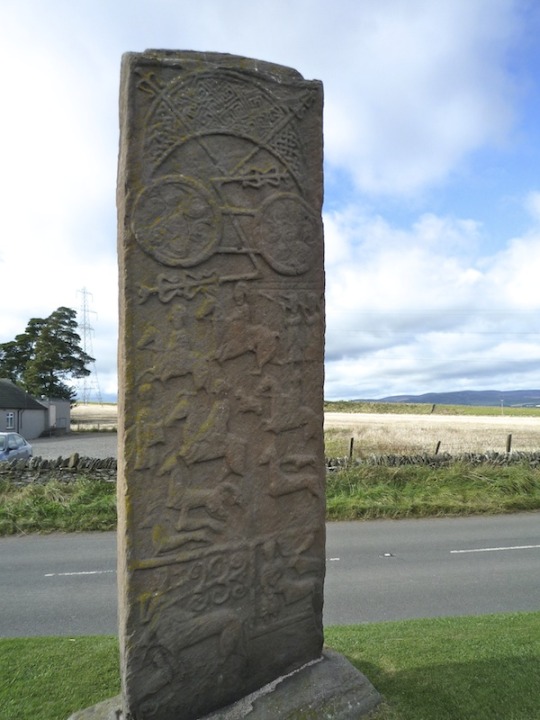

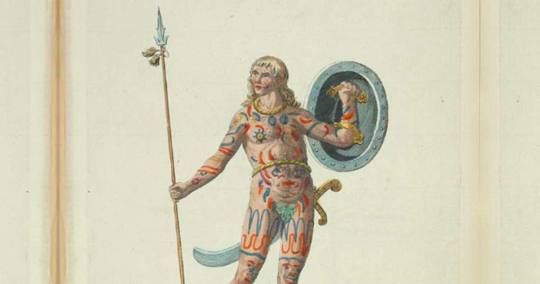
On 20th May 685 The Picts won a decisive Battle , in present-day Angus, known as The Battle of Dun Nechtain or Battle of Nechtansmere.
A wee bit longer post than I normally give you, but it is a great story, the first part tells us how a battle against The Angles helped shape the country we now know as Scotland, the second is a tale from the twentieth century, both stories are connected, read on and enjoy.........
Known as 'Picti' by the Romans, meaning 'Painted Ones' in Latin, these northern tribes constituted the largest kingdom in Dark Age Scotland. They repelled the conquests of both Romans and Angles, creating a true north-south divide on the British Isles, only to disappear from history by the end of the first millennium - swallowed whole by the history of another group, the Gaels. Together they created the Kingdom of Alba.
The Picts took part in one of the most decisive battles in Scottish history - the Battle of Dun Nechtain (Dunnichen). If the Picts had lost, Scotland might never have existed. For the Angles of Northumbria it was simply a disaster - ending their domination of Scotland.
The Battle of Dun Nechtain was fought on this day in 685 AD and is one of the best recorded events in Dark Age Scotland.
The Kingdom of the Angles under King Oswui had rapidly expanded north, moving their frontier from the River Forth to the River Tay. Since 653 AD many of the major groups of people in Scotland - Britons, Gaels and much of Pictland - had been subject to the overlordship of King Oswui. In 672 AD, after the death of Oswui, the Picts rose against their overlords, expelling Drust, their Northumbrian puppet king.
The new King of Northumbria, Ecgfrith, wasted no time in wreaking revenge on the Picts. The Picts were massacred at a battle near the town of Grangemouth, where the rivers Carron and Avon meet. According to Northumbrian sources, so many Picts died they could walk dry-shod across both rivers. By 681 AD Ecgfrith had founded a bishopric at Abercorn on the southern shore of the Forth - a symbol of Northumbria's secure grip over the Picts.
The defeated Picts took Bridei, son of Bili, as the king of a much depleted Pictland. King Bridei was actually the cousin of his mortal enemy, King Ecgfrith of the Angles, but, in true Dark Age fashion, this didn't diminish their mutual desire to destroy each other. An almighty battle was on the cards.
The Chronicle of Holyrood gives us an account of the battle: "In the year 685 King Ecgfrith rashly led an army to waste the province of the Picts, although many of his friends opposed it...and through the enemy's feigning flight he was led into the defiles of inaccessible mountains, and annihilated, with great part of his forces he had brought with him." However, we need to keep in mind this account was written hundreds of years after the event.
The Angles were advancing up Strathmore, probably aiming for the Pictish fortress of Dunnottar, when they fell into Bridei's trap. Sighting a Pictish warband, the Angles set off in pursuit, then, as they came over the cleft in Dunnichen Hill, they found themselves confronted by the main body of the Pictish army. Caught between the Picts and the loch below the hill, the Angles bravely faced their doom.
The politcal map was altered. The Picts, Gaels and many Britons were freed from Northumbrian overlordship. Gaelic poets as far away as Ireland celebrated the battle's outcome. The Pictish frontier returned to the River Forth near Edinburgh and the Bishop of Abercorn fled, never to return. The Angles never fully recovered as major force in Scotland.
It is no coincidence that the Picts mysterious disappearance occurs at the same time as the creation of the kingdom of Alba. For many years Gaelic influence in Pictland had been on the rise. The Gaelic religion of Christianity had spread throughout Pictish lands and with it many Gaelic traditions. Furthermore, through a mixture of conquest and inter-marriage Gaelic or Gaelicised royalty had succeeded to the Pictish throne (a notable example of this being Kenneth MacAlpin).
Finally in 878 AD the Pictish king, Áed, was murdered and replaced by a Gael - Giric. Giric accelerated the Gaelic takeover of Pictish politics during his reign making the Gaelic language and traditions commonplace. Even after Giric was finally deposed in 889 AD future Pictish kings such as Donald and Constantine embraced Gaelic culture. By 900 AD Pictland ceased to exist. The reign of Donald is listed in the Chronicle of the Kings of Alba as a king of Alba. Pictland and Dál Riata had gone and in their place Alba - a Gaelic word for Scotland - was created. In this simple listing in an obscure book Scotland has its origins.
Fast forward over 12 hundred years to the 2nd January 1950, and a woman called Miss E.F. Smith, described as a spinster, was driving home from a party in Brechin at about 2am. Her car had skidded into a ditch 2 miles outside the area due to the treacherous road conditions. She still had another 8 miles to go so she continued her journey on foot. She felt oddly nervous as she walked along the minor road west of the A932, then she saw a number of strange lights in the distance near Dunnichen Hill. Turning south towards the village, she noticed figure in the field to her right, part of Drummietermont Farm. Each figure carried a flaming red torch in its left hand and they seemed to be searching the ground for something.
Miss Smith then saw shapes on the ground exactly like dead bodies. The figure nearest to her stooped down and examined several of these ‘corpses’, turning them over and back again, as if looking for recognisable faces. This scene lasted for around ten minutes, with Miss Smith’s dog barking throughout. Eventually she simply walked away. She only realised that the whole event was peculiar when she woke up next day and thought about it. Later she gave details of the experience to the Society for Psychical Research. She reported that the searchers wore garb like body stockings, along with tunics and flattened oval helmets. They appeared to be moving around the edge of the vanished mere, the shape of which was later traced by archaeological investigation.
Although this post battle manifestation has not been repeated. some motorists passing through Dunnichen on misty nights have caught sight of fleeting human forms which vanish before their cars hit them.
There is some skepticism as to how real Miss Smith’s sighting was. She was travelling very late at night and had already walked a number of miles, not to mention suffering a trauma from skidding her car into a ditch. The vision could have been brought about as a result of exhaustion and the effects of the cold. However, the fact that it occurred at the exact site of the Battle of Nechtansmere seems to be too much of a coincidence and it is unlikely that the woman’s dog would react to something that occurred only in his owner’s mind.
The pictures are of Pictish stones from around Aberlemno that perhaps tell the story of the battle.
86 notes
·
View notes
Text
A Hidden Gem in The Last Kingdom...

THIS IS VERY NICHE I KNOW but did you know the Hilton of Cadboll Stone was snuck into The Last Kingdom?
The Stone was carved in c.800 CE and portrays an aristocratic FEMALE horse rider with her hunting party (lets go girlies!)
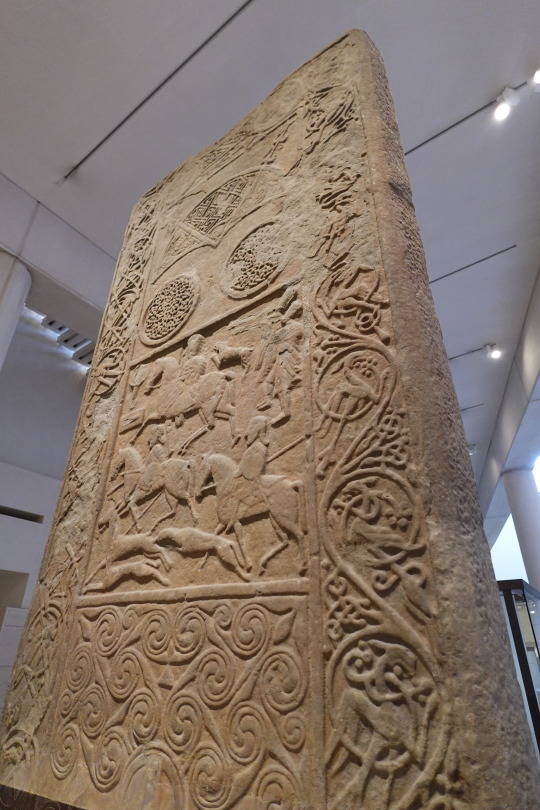
But in The Last Kingdom, the stone has been transformed into a throne fit for a king! King Constantin II of Scotland to be precise x
youtube
Find out all about it in this weeks video!
Let me know, how do you feel about archaeology being used in this way? Do you think its harmless and potentially encouraging? Or do you think it's inaccuracies may do more harm than good?
And don't forget to like and subscribe! <3
#scottish youtuber#ancient history#archaeology#archaeogaming#youtube#chaotic academia#archaeolorhi#museumcore#the last kingdom#hilton of cadboll#hilton of cadboll stone#pictish#the picts#medieval scotland#medieval britain#seven kings must die#medieval art#uhtred of bebbanburg#king constantin ii#medieval history#history#pictish carving#pictish art#uhtred sone of uhtred#finan#sihtric#tlk#osferth#osbert#aethelstan
0 notes
Text

Found after fifteen-or-so years of being lost in boxes of papery limbo: The Pictish Alphabet.
1 note
·
View note
Video
youtube
Mysteries of the Picts | The Last Pagans of Scotland
#youtube#Mysteries of the Picts#The Last Pagans of Scotland#The Picts#Scotland#Ancestors Alive!#What is Remembered Lives#Memory & Spirit of Place
0 notes
Text
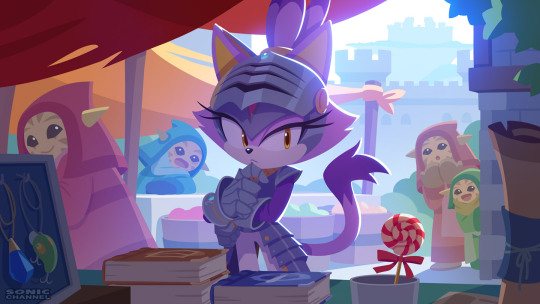
A castle town bustling with the morning sun in the tranquil spring sunshine 🏰
Sir Percival, one of the Knights of the Round Table, is browsing in a stall for travel supplies 🤔 The common people were excited by the sudden visit of the nobleman, wondering what he wanted from him…
Starting tomorrow #Golden Week! Are you fully prepared? May the knight and everyone else have a wonderful start to their journey! 😉
#sonicpict
1K notes
·
View notes
Text
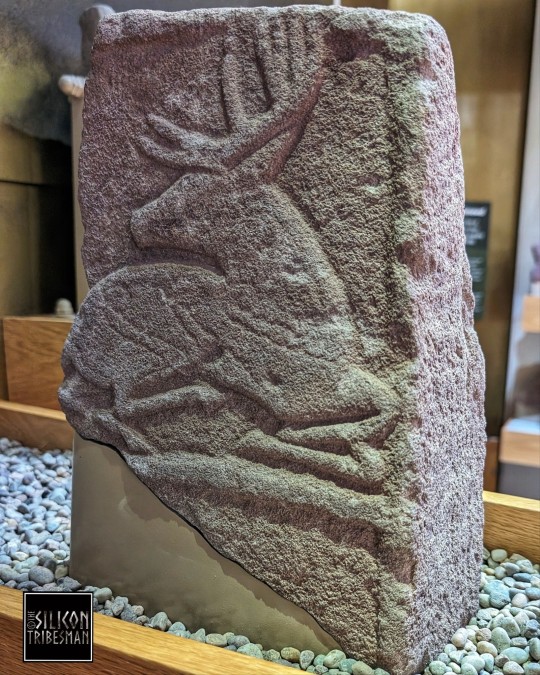
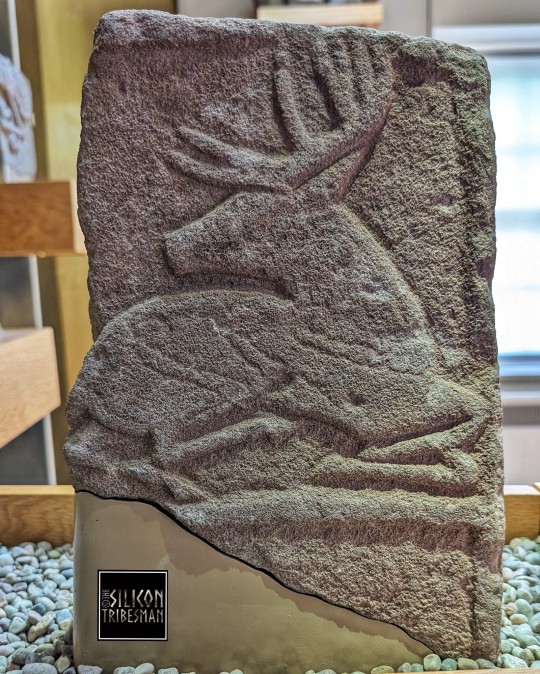
Pictish Stag Symbol Stone, circa 9th Century CE, St. Vigeans Stones and Museum, Arbroath, Scotland
Considered by many to be one of the finest Pictish animal depictions.
#pict#Pictish#pictish art#pictish beast#pictish stones#ancient cultures#ancient living#ancient craft#archaeology#relic#fragment#stag#deer#nature#stonework#st vigeans#Scotland
1K notes
·
View notes
Text

pkmn SV / Mi Tesoro(私の宝物)
ポストカードになる予定
#pict#pokemon#ポケモンsv#carmine#ゼイユ#kieran pokemon#スグリ#ペパー#ネモ#penny pokemon#nemona#arven pokemon#pokemon sv
2K notes
·
View notes
Text
Explaining Silver the Hedgehog's Eyes
Silver's eyes are another nuanced and sometimes confusing aspect of his character. So in this post I'll go over the nuances and meaning of their design. There are three key details to understand about Silver's eyes.
Part One: First, we have the shape. Silver's eyes have an angular shape with pointed upper corners to them.

I liken this shape to the upper wings of a butterfly.

This can be easy to miss due to how his 3D models are rendered and how they line up with his quills but always becomes more noticeable whenever Silver squints or closes his eyes. Just like Shadow and Jet's eyes they don't always end in a sharp point but they do always end in a somewhat pointed upper corner for the butterfly wing shape.



This is what's called Tsurime(meaning upturned eyes), which in character design represents aggressiveness, strong will, danger and/or general seriousness in a character in contrast to tareme(meaning downturned eyes) or round eyes which generally represents softness.
I will refer to Tsurime Eyes as Danger Eyes or Blade Eyes and Tareme Eyes as Soft Eyes.


If you've ever seen Yu-Gi-Oh!, this is the main visual difference between Yugi and Yami Yugi. It is also the main difference between Tails' bullies from Sonic Origins.


These eye types can express more than just seriousness or softness. Rouge has round eyes yet is very mature and can be even more serious than Knuckles(who has Danger Eyes) while someone like Fang the Hunter has sharp Danger Eyes yet is a very comedic villain.


All of Sonic's main rivals(Metal Sonic, Knuckles, Shadow, Blaze, Jet, Silver and Surge) have Danger Eyes while Sonic himself normally has round Soft Eyes to show his carefree nature but also gains sharp Danger Eyes when he transforms into Super Sonic or the Werehog to show that he's in a more aggressive and serious state.









Silver's 3D character models have usually had eyes that appear more round compared to his 2D art but his newest character model has the sharpest eyes yet and is the most like his 2D art.


Part Two: Next, we have the black patterns(officially called black patterns in Sonic Speed Drawing) around Silver's eyes. The part that is easy to miss here is that the patterns run all the way around his eyes and under his front quills, similar to Blaze's eyeliner.




This detail can be easy to miss because the patterns do stop at the sides of his eyes on his in game 06 model(but not the pre-rendered cutscene model) and later media rarely show Silver at an angle where you can see them.

Part Three: Lastly, we have how they intersect with his leaf hair. Silver actually has bangs that cover the top parts of his eyes and perfectly line up with the upper corners which we can see by comparing the concept art of Silver to Super Silver where his quills rise up and reveal a bit more of his eyes.


This can be a source of confusion itself because the quills cover/perfectly line up with the upper corners of his eyes and leave what appears to be the round sides, making them appear completely round if you don't look closely.

In Summary: Silver has butterfly wing shaped eyes, black patterns around them and his front quills are bangs that partially cover them. Know these three details and you can always draw Silver's eyes right!
#silver the hedgehog#miles tails prower#rouge the bat#fang the sniper#fang the hunter#knuckles the echidna#metal sonic#shadow the hedgehog#blaze the cat#jet the hawk#surge the tenrec#sonic the hedgehog#super sonic#super silver#sonic 2006#sonic 06#sonic forces#sonic channel#idw sonic#sonic comic#sonic pict#sonic generations#sonic origins#sonic origins plus#sth#mario and sonic at the olympic games#artwork#art#art study#art help
368 notes
·
View notes
Text

絶対に人前でいちゃつきたくないKDJといちゃつきたいYJH
KDJ who never wants to lovey-dovey in public and YJH who wants to lovey-dovey in public.
638 notes
·
View notes
Text

This month's Sonic Pict from SEGA of Japan features Ray the Flying Squirrel enjoying the white snow and autumn leaves in Press Garden; and made a portrait of his friend, Mighty the Armadillo.
#ray the flying squirrel#mighty the armadillo#press garden zone#sonic mania#sonic pict#sonic channel#sega japan#sonic the hedgehog#sonic#sega#sonic news
2K notes
·
View notes
Text
learning about the lives of early Irish saints is so fun because you’re like “they’re saints. how interesting could they have been?” and then you get into it and it is BONKERSSSSS
154 notes
·
View notes
Text





#more kingboon doodles out of excitement#king ohger#boonboomger#bakuage sentai boonboomger#ohsama sentai kingohger#giramie#genba bureki#jeramie brasieri#hando taiya#ishiro meita#homura sakito#rita kaniska#Stay away taiya he have a wife and baby son#Added selen there bcs i can#rkgk#my art#tiremeter#last pict based from my girataiya outfit swap
99 notes
·
View notes
Text

"Is it this?… What is this?" 🃏
In a room in the Babylon Bandits' hideout under a moonlit night, three people are eagerly awaiting a card game with the last share of the treasure at stake…!
Jet's moment of decision is approaching 🫣
It's fun to hang out with close friends. Let's enjoy the long autumn nights without getting too hot. 🌕
#sonicpict
#Sonic#Storm the Albatross#Jet the Hawk#Wave the Swallow#Babylon Guardian#Big the Cat#Babylon Rogues#Sonic the Hedgehog#Sonic Pict#Sonic Channel
417 notes
·
View notes
Text
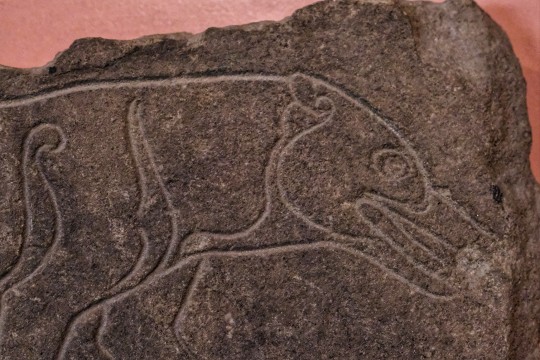

The Pictish Wolf Stone, Stittenham, Ardross, Inverness Museum and Gallery, Scotland
#pictish stones#pict#picts#pictish#Pictish wolf#wolf stone#Pictish art#archaeology#symbols#ancient living#ancient craft#ancient culture#Scotland#wolf#beast
7K notes
·
View notes

